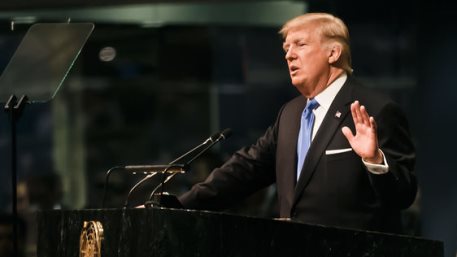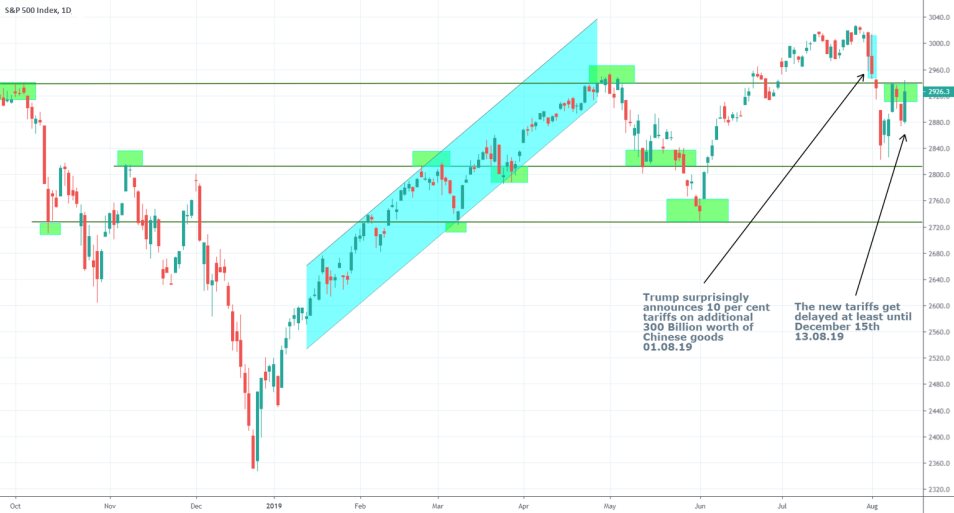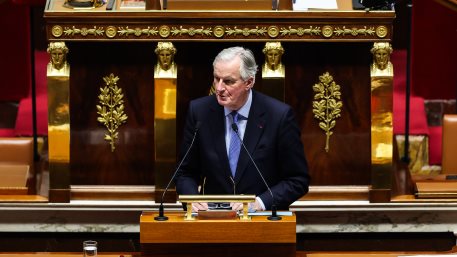
On Tuesday afternoon the Donald Trump administration stated that the recently announced new set of tariffs on Chinese goods, totalling 10 per cent on $300 billion worth of Chinese exports to the US, would be postponed at least until the 15th of December, despite the initial plans (you can read more about the initial implications from the disclosure of the plans for set tariffs here).
The President was cited as saying that the unexpected decision to delay the introduction of the tariffs, less than two weeks after they were announced to the public via his Twitter account , is driven by the desire to help American shoppers during the forthcoming festive period. The postponement, however, is just temporary and the Presidential Administration has hinted that unless the following negotiation talks between the two countries go smoother than before, the tariffs would eventually be implemented.
Our representatives have just returned from China where they had constructive talks having to do with a future Trade Deal. We thought we had a deal with China three months ago, but sadly, China decided to re-negotiate the deal prior to signing. More recently, China agreed to...
— Donald J. Trump (@realDonaldTrump) August 1, 2019
Nonetheless, it is far likelier that the underlying reasons which have compelled the President and his office to temporarily backpedal from their initial intentions, have to do with the major slump that has ravaged the stock market since the beginning of August. At one point the S&P500 was down with more than 4.60 per cent, whereas the Dow Jones Industrial Average was down with almost 5.50 per cent.
Unlike previous times, the market did not react positively to the idea of more tariffs on Chinese goods, given the massive trade uncertainty and waning global growth prospects in addition to the brewing currency war, which raised red flags in Washington. Thus, today's decision to delay any further interventions for the time being served as a partial alleviation of such investor concerns and the S&P500 finished the daily trading session with 1.50 per cent gains.
In either case, it is reasonable to expect the market to become increasingly more volatile as the 2020 Presidential Election comes closer, and America is once again forced to make yet another pivotal decision. It is fairly reasonable to expect this volatility in the stock market to be amplified by the forthcoming political struggle for the White House, as the primary focus on economics gives way to one shifted on political discourse.
The S&P500 closed today's trading session at 2926.3, slightly below the major resistance level at 2940.9, despite having reached 2943.3 price level briefly only to revert subsequently. Earlier today the Chinese ministry of commerce announced additional rounds of trade talks with the treasury secretary Steve Mnuchin next week, which can further boost the index above set resistance into new bullish territory. However, if the negotiation talks are stalled, the price is likely to tumble, as uncertainty starts to increase once more, and the next possible support level is at 2812.





















